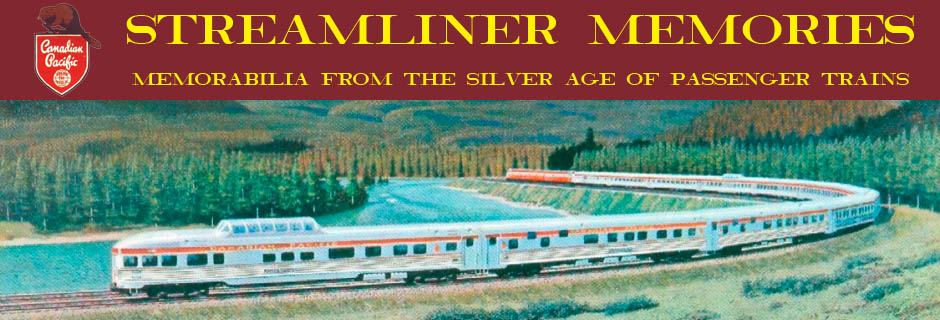The owners of the New York, Pennsylvania & Ohio Railroad, later shortened to the NYPANO Railroad, leased it to the Erie, giving that road connections to Cincinnati and Cleveland This timetable gives a better look at the Erie’s express trains between New York City and the Midwest.
 Click image to download a 10.3-MB PDF of this brochure, which is from the David Rumsey map collection.
Click image to download a 10.3-MB PDF of this brochure, which is from the David Rumsey map collection.
Erie trains going to the Midwest by-passed Buffalo, meeting the NYPANO at Salamanca, New York, which is almost on the Pennsylvania border. At Marion, Ohio, NYPANO met the Chicago and Atlantic Railway, which was independent of the Erie in 1887 but purchased by it in 1895.
New York Central’s fastest train to Chicago, the Limited, took just 24 hours and its second-fastest took 27 hours in 1885. The fastest train using the Erie/NYPANO/Chicago & Atlantic route took 28-1/2 hours in 1887.
This brochure says that the Erie/NYPANO combination offered solid trains to New York (presumably from Chicago), Cincinnati (presumably from New York), and Chicago (also from New York). It also had through cars to Boston (over the Delaware & Hudson), St. Louis (over the Ohio & Mississippi), and Indianapolis (over the Indianapolis, Bloomington & Western). None of these railroads were ever incorporated into the Erie, putting it at a long-term disadvantage to the Central.
This timetable also introduces some train names. Westbound trains were called the Chicago & Cincinnati Express, the Cincinnati, Chicago & St. Louis Express, and the Chicago & St. Louis Limited (which was the fastest of the three). Eastbound trains were called the New York Express, the New York & Boston Express, and the St. Louis Limited. The latter train came from St. Louis, not Chicago. A third train from Chicago, a local, only went as far as Carrollton, which was 6 miles east of Salamanca.
One curiosity is that this timetable was printed by Poole Brothers while yesterday’s Erie timetable was printed by Rand McNally. George Poole, nephew of William Rand, had co-founded Rand McNally, then broke away (for reasons not explained in Wikipedia) to start his own company. Rand McNally was so profitable that it had its own ten-story skyscraper in downtown Chicago, which for a time also served as the headquarters for the St. Paul Road. There must have been plenty of business to go around, as Poole survived at least into the 1950s and Rand McNally still exists today.
